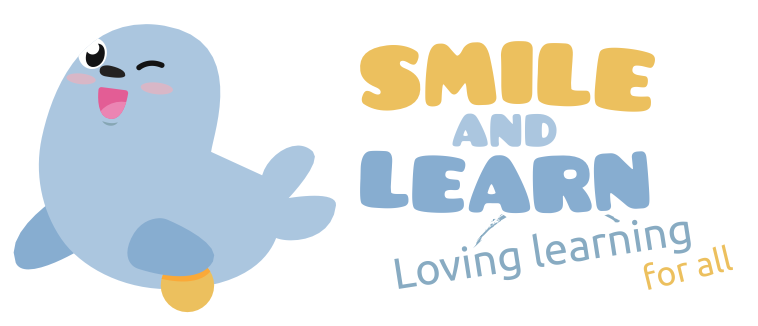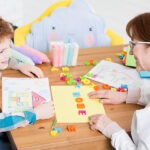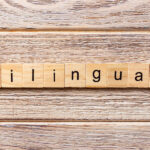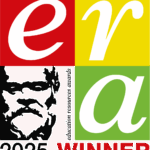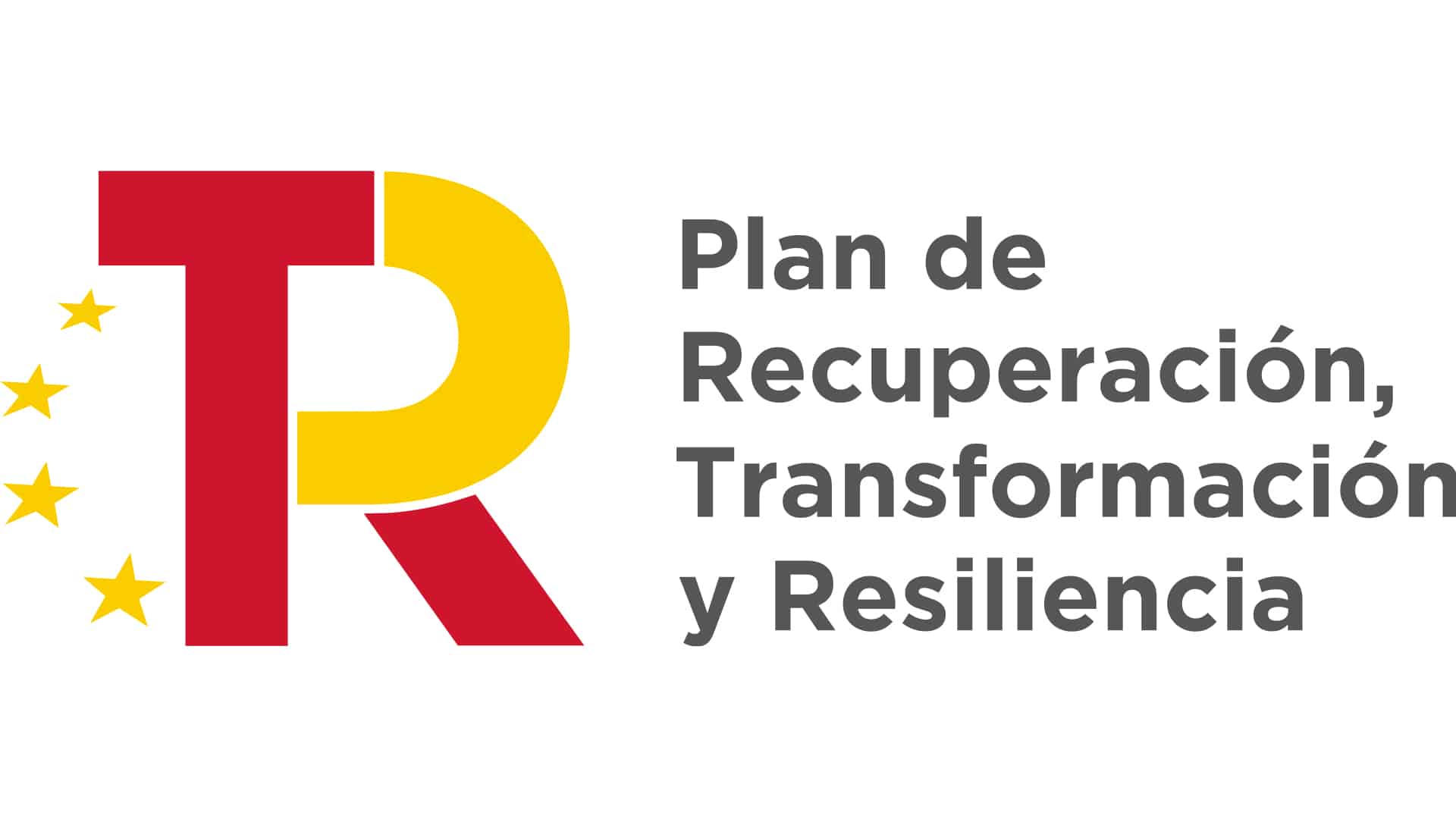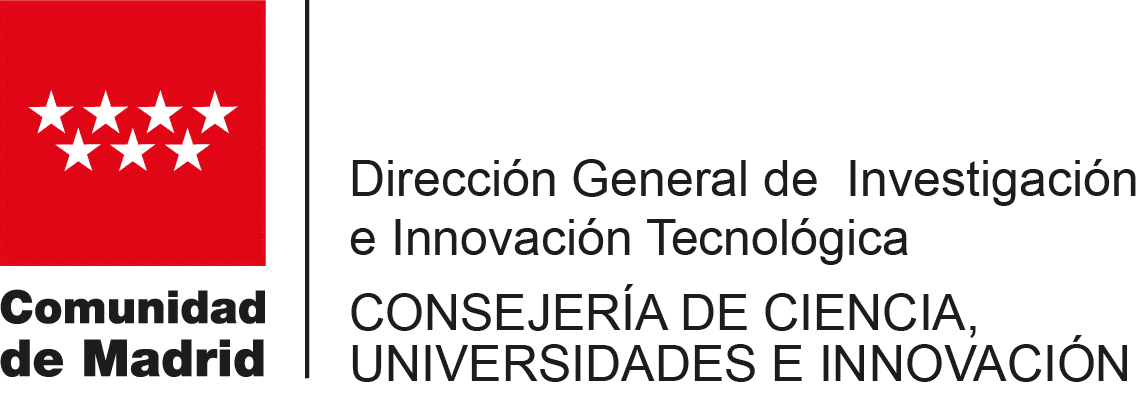Last time we told you about The Science of Reading, an interdisciplinary body of scientific research related to reading and writing. Today we want to offer some tips for implementing The Science of Reading in the classroom.
From the earliest ages, The Science of Reading offers a number of significant benefits:
- Establishing a solid foundation for reading success. By teaching skills such as phonics and letter recognition early on, a solid foundation is established for the future..
- Preventing reading difficulties. Early and systematic teaching of reading skills can help identify and address potential reading difficulties before they become major problems.
- Increased reading fluency. By focusing on decoding and comprehension early on, children develop faster and more accurate fluency reading.
- Improved reading comprehension. With a solid foundation in reading skills, students are more likely to develop a deep and meaningful relationship with reading as they progress through their education.
Bottom line, The Science of Reading offers a solid, evidence-based approach to teaching reading from the earliest ages that can have lasting benefits on students’ academic development and future success.
How can we put it into practice in the classroom?
- Using a variety of activities that work on developing phonemic awareness and letter recognition is critical to early reading success. Prioritize phonemic awareness (understanding that words are made up of sounds) and alphabet recognition to ensure students have a solid foundation. These skills are crucial for early reading success.
- Harness the power of review. Start with simple concepts and move toward more complex concepts, frequently incorporating review of prior knowledge.
- Incorporate dictation activities in lessons. Introduce guided spelling practice with verbal explanations from the earliest ages of schooling. This can accelerate children’s writing skills and understanding of spelling patterns.
- Encourage reading level-appropriate texts. Use texts that are easily decodable for beginning levels of reading instruction. This will help students gain confidence in their reading skills. Read, reread, discuss, and write about texts to reinforce reading skills.
Implementing a variety of reading activities will help students develop a solid foundation for reading and writing success. In addition, it is important to provide regular feedback and individualized support for each student, adapting activities according to their specific needs. By integrating these teaching strategies, teachers can promote an inclusive and effective learning environment that fosters success for all children in developing literacy skills.
At Smile and Learn we have extensive collections of phonics, letter recognition, audiobook and many other reading activities. Through them, children will learn to pronounce sounds and syllables. In addition, we sharpen kids’ reading comprehension skills with activities developed by teaching professionals, such as close reading passages and dictations. If you have not yet tried our educational platform you can do so through the following link.
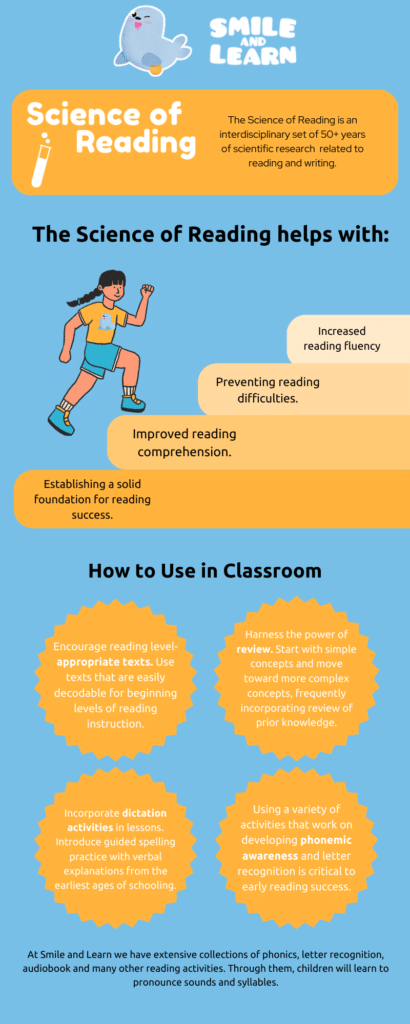
At Smile and Learn, we offer a diverse range of phonics, vocabulary, and listening comprehension activities. These resources help children master phoneme pronunciation, syllable recognition, and letter association. Likewise, our curated literacy content, designed by teaching professionals, enhances young learners’ reading comprehension through close reading texts and dictation activities.
If you have not yet tried Smile and Learn, you can do so through the following link.
